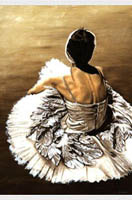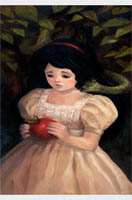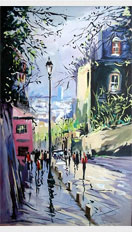TOWER OF BABEL:
This masterpiece was executed by Pieter Bruegel the Elder. This painting explains the reason for people speaking different languages. The painting earned its name TOWER OF BABEL when people agreed to build their own city and tower tall enough to reach the heaven the language of the earth was confused by the lord and from there the lord scattered them abroad over the face of all the earth.
The Tower of Babel narrative is often interpreted as a cautionary tale about the perils of human arrogance and the desire for excessive pride. The construction of the tower symbolizes humanity's attempt to reach divine heights independently of God, challenging the established order. God's decision to introduce linguistic diversity not only thwarted their architectural ambitions but also scattered them across the earth, ensuring that they would be forced to separate and form distinct communities. The story also carries theological implications, highlighting the importance of humility and acknowledging humanity's limitations in the face of the divine. The consequences of the Tower of Babel serve as a reminder that human endeavors must be grounded in reverence for the divine rather than driven by a desire for self-glorification. Over time, the Tower of Babel has become a metaphor for any monumental but ultimately futile human endeavor. It has inspired countless artistic interpretations, from paintings to literature, and continues to be a source of reflection on the complexities of human nature, the consequences of unchecked ambition, and the role of divine intervention in the course of history.
TOWER OF BABEL
ABOUT THE AUTHOR:
https://www.reviewpainting.com/Pieter-Brueghel-Elder.htm








